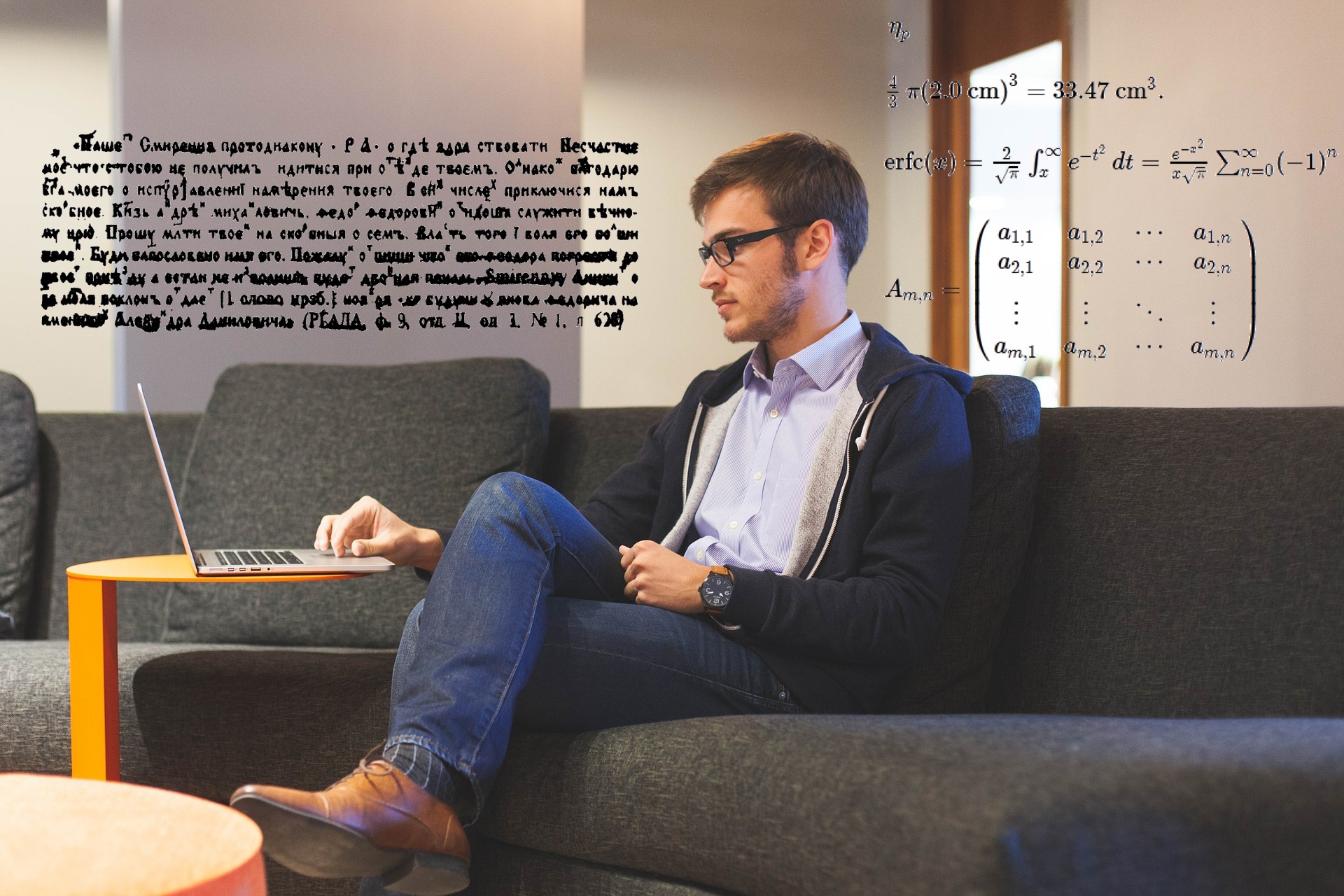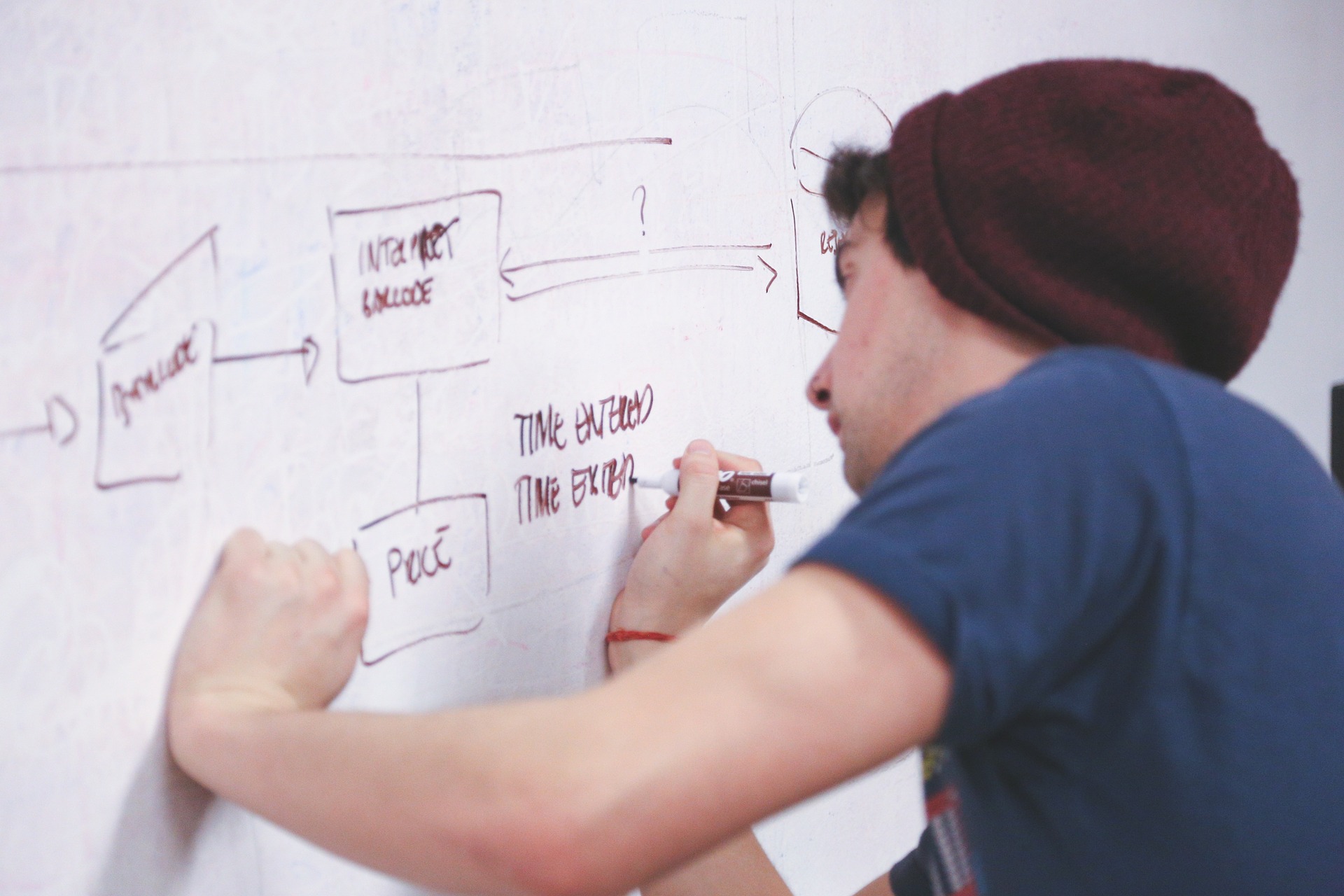
+44 1349 470002
United Kingdom
+44 1349 470002

Cart

 Enquire
Enquire
 ITIL® Practitioner
ITIL® Practitioner
 ITIL® Service Lifecycle - Service Transition
ITIL® Service Lifecycle - Service Transition
 ITIL® Service Capability - Operational Support And Analysis
ITIL® Service Capability - Operational Support And Analysis
 ITIL® Service Capability - Planning, Protection, And Optimization
ITIL® Service Capability - Planning, Protection, And Optimization
 ITIL® Service Capability - Release, Control & Validation
ITIL® Service Capability - Release, Control & Validation
 ITIL® Service Lifecycle - Service Strategy
ITIL® Service Lifecycle - Service Strategy
 ITIL® Service Lifecycle - Service Operation
ITIL® Service Lifecycle - Service Operation
 ITIL® Service Capability - Service Offerings & Agreements
ITIL® Service Capability - Service Offerings & Agreements
 ITIL® Service Lifecycle - Service Design
ITIL® Service Lifecycle - Service Design
 ITIL® Service Lifecycle - Managing Across The Lifecycle
ITIL® Service Lifecycle - Managing Across The Lifecycle




 Certified EU General Data Protection Regulation (EU GDPR) Foundation
Certified EU General Data Protection Regulation (EU GDPR) Foundation
 Certified EU General Data Protection Regulation (EU GDPR) Foundation and Practitioner
Certified EU General Data Protection Regulation (EU GDPR) Foundation and Practitioner
 Certified EU General Data Protection Regulation (EU GDPR) Practitioner
Certified EU General Data Protection Regulation (EU GDPR) Practitioner
 Certified Data Protection Officer (CDPO)
Certified Data Protection Officer (CDPO)
 Dealing with Subject Access Requests (SAR)
Dealing with Subject Access Requests (SAR)
 Dealing with Subject Access Requests (SAR) - An Executive Briefing
Dealing with Subject Access Requests (SAR) - An Executive Briefing
 EU General Data Protection Regulation (EU GDPR) Awareness
EU General Data Protection Regulation (EU GDPR) Awareness




 Programming & Database
Programming & Database

Why we should not lose sight of an ‘old technology’ in the face of new ideas
Back in the exciting times of the 1950s and 1960s, people had some amazing ideas of how the world would look today. Cars flying along highways in the sky, jetpacks for everyone, homes and towns under giant glass domes and cities under the sea. Holidays on Mars, vegetables as big as a bus, or all food replaced by pills. Robots doing all our jobs for us and technology that controls the weather of the whole planet.
So where are we now? Well, my car didn’t levitate this morning, and it still has four round wheels (invented c3,500 BC). I am writing this sitting in an innovation of the ancient Greeks (a chair) and I am wearing a 5,000-year-old fashion item – trousers (the idea is 5,000 years old, not the actual pair that I am sporting). A little later, I will have a spot of lunch and I am planning to use an app from Roman times, the fork (it’s really intuitive, you must try it).
In his book called ‘Antifragile’, the writer Nassim Taleb talks about what the world might look like in fifty years from now. He suggests that we assume that most of the technology that has existed for the past fifty years will continue to be useful to us for another fifty. Furthermore, he says to assume that recently developed technology will not.
Old technology has proved itself, it has endured over a period of time, it has value. The rules of evolution have meant that this technology has survived because it is good! The problem is that we so often see new things as far more interesting, and we can easily develop an obsession with ‘flavour of the month’ inventions. For many of us, novelty matters more than anything (think of the Innovators in Rogers’ Innovation Adoption Curve) and we are prepared to abandon tried and tested technology and ideas, simply because we consider them ‘old’!
Now I know that there could well be cries of ‘Luddite!’, so let me say that there will be some ‘game-changers’ amongst new technology, but there will be far more ideas that will come and go, demonstrating that they were little more than gimmicks. Furthermore, there will be many ideas that have served us well for generations that will continue to do so.
One futuristic forecast from the 1950s that interests me was ‘teacher-less’ education, sometimes called ‘push-button’ learning. This is the idea that we can remove the human interaction from the learning process and replace it with mechanical tabulating machines. To quote, “Pupils will record attendance and answer questions by pushing buttons…”. It goes on to say that those records will be “…periodically reviewed by skilled teachers…”.
Well, we have seen developments along these lines – computer-based training, distance learning, virtual learning – all of them offering some useful innovations as our working practices and locations have changed. But let’s consider ‘old technology’ in terms of learning, education and training.
Let’s picture ten or twelve adults in a nicely-equipped training room with good, natural lighting, comfortable seating, with refreshments ‘on tap’. With them is an experienced, engaging learning professional, and together they are exploring a particular method for, say, delivering successful business change. They are discussing the various theories that abound in this area; they are reflecting on the merits of those ideas and discussing what might work and why; they are engaging in a range of learning activities, games and exercises; then they are applying that learning to their real life situations.
Yes, but its validity, value and life-affirming nature remain. In fact, I would argue that it is even more important today, amidst all the new technologies that we have at our disposal for learning ‘delivery’, than it has ever been.
Valid, because we know it works. We have evidential proof, time and time again, that what we often call classroom training, actually works.
It has value to the participants. No technology invented has come anywhere near the face-to-face, conversational nature of a good learning experience of this type.
And life-affirming because at its best it recognises that we are human beings who have a desire to connect and relate to other human beings. No new technology can replicate or replace that. And would we want it to?
New technologies can supplement old-school learning if used thoughtfully and wisely and I would encourage that if they can deliver tangible benefits to the learning and not just ‘delivery novelty’.
So, as I step into my jetpack, ready for my next virtual levitated broadcast, I suggest you book on a nice residential course to learn about change management and enjoy some rather nice lunches too (no pills, I promise…)




Thank You For Your Enquiry.
Our representative will get in touch with you shortly.You can also:Call Us: +44 1349 470002
Email Us: info@pearcemayfield.com
Thank You For Your Enquiry.
Our representative will get in touch with you shortly.You can also:Call Us: +44 1349 470002
Email Us: info@pearcemayfield.com